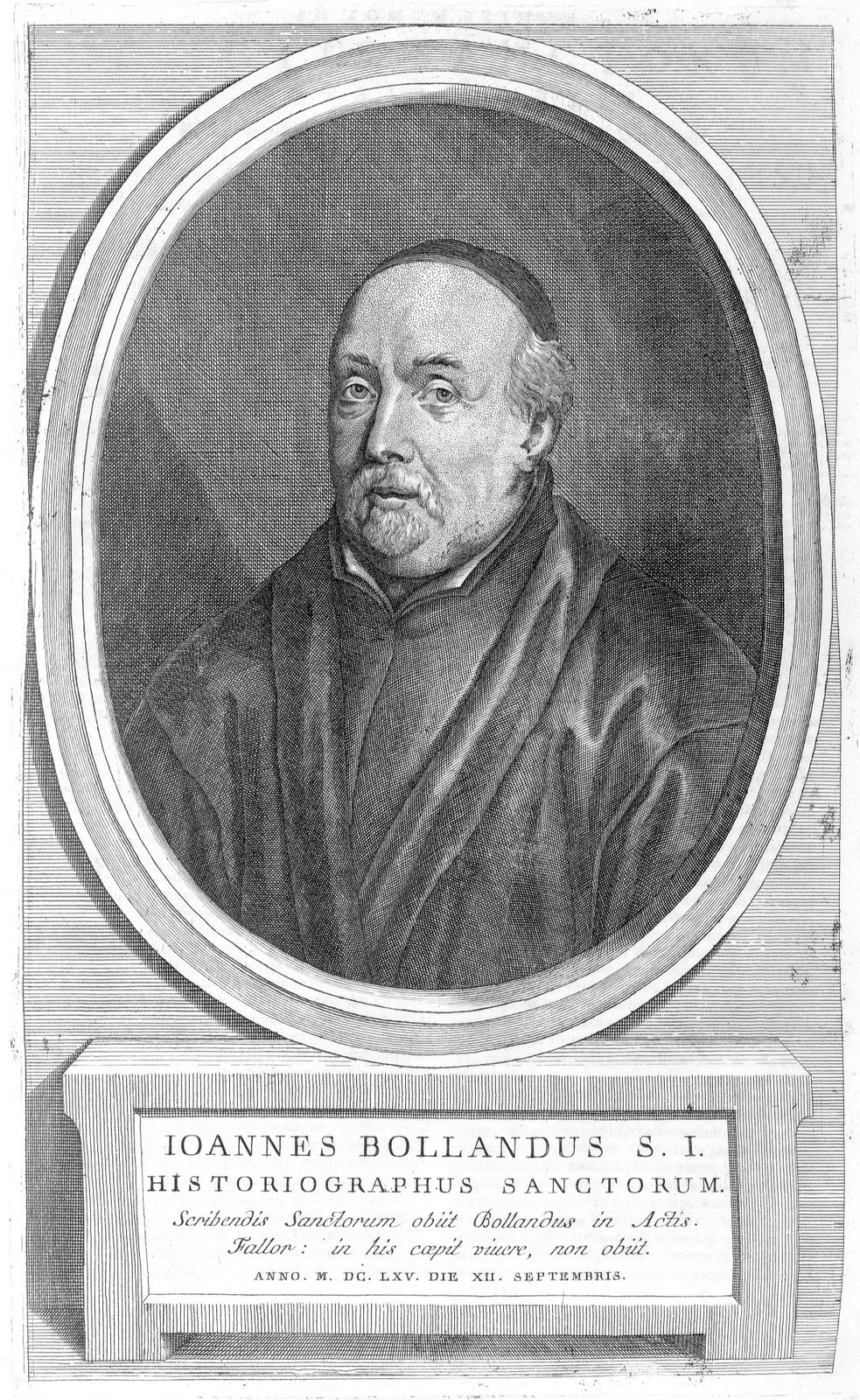|
Saint Blane
Saint Blane (Old Irish ''Bláán'', died 590) was a bishop and confessor in Scotland, born on the Isle of Bute, date unknown; died 590. His feast is kept on 10 August. Origin Late (medieval) Scottish texts relate that his mother was Irish and that Saint Cathan was her brother. It was Cathan who saw to Blane's education in Ireland under Saints Comgall and Kenneth. Blane eventually became a monk, went to Scotland, and was eventually bishop among the Picts. Blan apparently had holy earth transported from Rome. As he carried his precious burden up from Port Lughdach, through Glencallum, to the site of his chapel, the " rigwoodie," to which the creels of earth were suspended, from his neck, broke. He implored a native woman, then on her way to the shore to collect " moorach," little shell-fish, to assist him, only to meet a refusal. The irritated saint replied to the disobliging dame: "An uair a theid thu do an traigh Biodh am muir Ian ann," i.e., Whenever you go to the sea-sho ... [...More Info...] [...Related Items...] OR: [Wikipedia] [Google] [Baidu] [Amazon] |
Scottish Episcopal Church
The Scottish Episcopal Church (; ) is a Christian denomination in Scotland. Scotland's third largest church, the Scottish Episcopal Church has 303 local congregations. It is also an Ecclesiastical province#Anglican Communion, ecclesiastical province of the Anglican Communion. A continuation of the episcopalian "Church of Scotland" as intended by James VI, and as it was from Stuart Restoration, the Restoration of Charles II of England, Charles II to the re-establishment of Presbyterianism in Scotland following the Glorious Revolution, it recognises the archbishop of Canterbury of the Church of England as president of the Anglican Instruments of Communion, but without jurisdiction in Scotland ''per se (Latin), per se''. Additionally, while the British monarch holds the title of Supreme Governor of the Church of England, in Scotland the monarch maintains private links to both the Presbyterian Church of Scotland and the Scottish Episcopal Church. The church is led by a Primus, who is ... [...More Info...] [...Related Items...] OR: [Wikipedia] [Google] [Baidu] [Amazon] |
Bollandists
The Bollandist Society (; ) is an association of scholars, philologists, and historians (originally all Jesuits, but now including non-Jesuits) who since the early seventeenth century have studied hagiography and the cult of the saints in Christianity. Their most important publication has been the ''Acta Sanctorum'' (The Acts of the Saints). They are named after the Flemish Jesuit Jean Bollandus (1596–1665). ''Acta Sanctorum'' The idea of the ''Acta Sanctorum'' was first conceived by the Dutch Jesuit Heribert Rosweyde (1569–1629), who was a lecturer at the Jesuit college of Douai. Rosweyde used his leisure time to collect information about the lives of the saints. His principal work, the 1615 ''Vitae Patrum'', became the foundation of the ''Acta Sanctorum''. Rosweyde contracted a contagious disease while ministering to a dying man, and died himself on October 5, 1629, at the age of sixty. Father Jean Bollandus was prefect of studies in the Jesuit college of Mechelen. Upon th ... [...More Info...] [...Related Items...] OR: [Wikipedia] [Google] [Baidu] [Amazon] |
History Of Stirling (council Area)
History is the systematic study of the past, focusing primarily on the human past. As an academic discipline, it analyses and interprets evidence to construct narratives about what happened and explain why it happened. Some theorists categorize history as a social science, while others see it as part of the humanities or consider it a hybrid discipline. Similar debates surround the purpose of history—for example, whether its main aim is theoretical, to uncover the truth, or practical, to learn lessons from the past. In a more general sense, the term ''history'' refers not to an academic field but to the past itself, times in the past, or to individual texts about the past. Historical research relies on primary and secondary sources to reconstruct past events and validate interpretations. Source criticism is used to evaluate these sources, assessing their authenticity, content, and reliability. Historians strive to integrate the perspectives of several sources to develop ... [...More Info...] [...Related Items...] OR: [Wikipedia] [Google] [Baidu] [Amazon] |
590 Deaths
__NOTOC__ Year 590 ( DXC) was a common year starting on Sunday of the Julian calendar. The denomination 590 for this year has been used since the early medieval period, when the Anno Domini calendar era became the prevalent method in Europe for naming years. Events By place Byzantine Empire * Byzantine–Sassanid War: Emperor Maurice defeats the Persian forces under Bahrām Chobin at Nisibis (modern Turkey), and drives them back into Armenia. * Comentiolus, commander () of the eastern army, receives the legitimate Persian king, Khosrau II, as a refugee in his headquarters at Hierapolis. * Maurice establishes the Exarchate of Carthage in Africa. He combines the civil authority of a ''praetorian prefect'' and the military authority, based at Carthage. * March 26 – Theodosius, eldest son of Maurice, is proclaimed as co-emperor. He becomes his father's heir to the Byzantine throne. * Stephen I succeeds his father Guaram I as king of Iberia (Georgia) (approxima ... [...More Info...] [...Related Items...] OR: [Wikipedia] [Google] [Baidu] [Amazon] |


